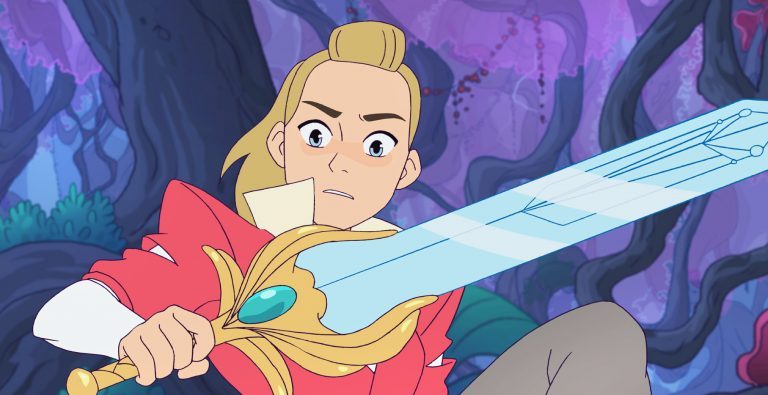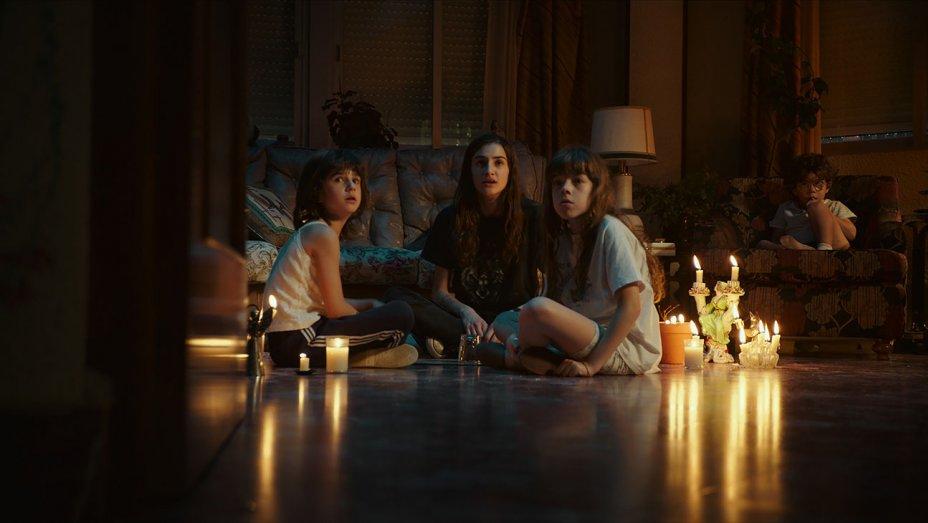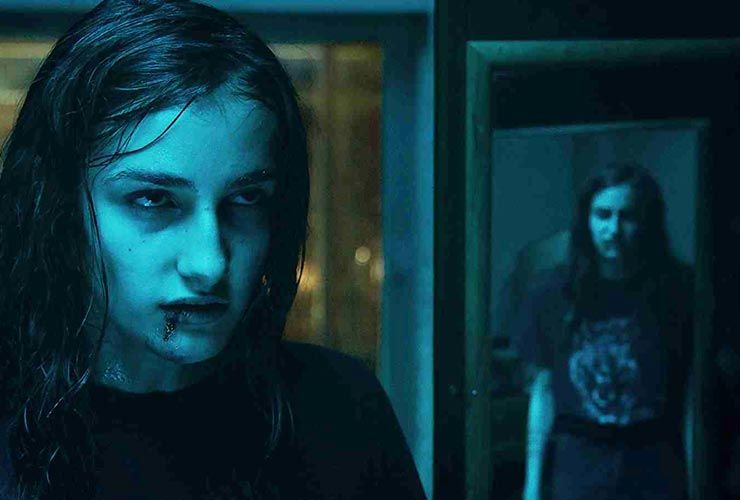Twists are a tricky business.
Under the best of circumstances, a twist is essentially a violent recontextualization of information the audience already has. To use one of the greatest cinematic twists of all time as an easy example, The Empire Strikes Back’s iconic reveal of Darth Vader being Luke Skywalker’s father takes information the audience already knows (Luke’s father was Obi-Wan’s apprentice/Darth Vader was also Obi-Wan’s apprentice at one point) and alters the context of this knowledge, revealing that the information we had been given was only a part of the truth. Thus, the reveal comes off as revolutionary, as it completely changes everything we thought we knew.

And while this narrative-fueled aspect of the twist is important, the thematic meaning of the twist is arguably a much more affecting and meaningful thing. To return to The Empire Strikes Back example, it wasn’t the narrative implications of the twist that resonated so fully with audiences; it was the thematic ones. It’s a twist that takes the stark black-and-white, good vs. evil ideology that had been so strongly established in the previous film and throws it all into doubt. Suddenly, our protagonist is the son of the galaxy’s most horrendous villain and our antagonist is revealed to have once been the galaxy’s noblest hero. It’s a moment that crystalizes the thematic meaning of the entire film, acting as a penultimate thesis statement of sorts for Empire, which is what makes it such an impactful twist.
It’s this aspect of twists that has kind of gotten lost in more recent cinematic outings. In a post-Shyamalan world, it has become increasingly popular for films to simply attempt to craft a twist that audiences won’t see coming and slap it onto the third act of their film. But frequently, these kinds of twists wind up undermining the whole film. This kind of twist-writing looks at the reveal solely from a narrative perspective, treating the film’s plot like a deliberately overly-complex puzzle box rather than taking even a moment to think about how said twists relate to the thematic crux of the film as a whole.
To see exactly how harmful this kind of approach can be to a film, let’s take a look at The Perfection.

Released on Netflix earlier this year, The Perfection is a psychological thriller that pretty instantly earned a reputation as a film viewers had to go into with ‘no spoilers’. That to learn anything about the film beyond its bare-bones hook of ‘a once revered cellist returning to the world of music that formed her’ was to do a disservice to the film itself. And upon watching the film, it’s easy to see why.
Writer-director Richard Shepard’s film lives and dies by its twisted narrative structure. It is constantly attempting to provide maximum surprise to the audience by consistently purposefully keeping them in the dark for the entirety of the film’s runtime.
Allison Williams’ Charlotte (the aforementioned once renowned cellist) and Logan Browning’s Lizzie (a currently renowned cellist) meet at a concert being hosted by the school of music that birthed them both. They meet, have a few scenes of playful dialogue, play music together, and ultimately go home together that night. During these scenes, it is also established that a nearby area has seen an outbreak of a new kind of disease that has been spreading fast. From here the film takes a hard left turn from the intimate and tension-building suspense of this first act into a second act rooted exclusively in gore and body-horror. Lizzie awakes the next morning feeling sick, even after Charlotte gives her some medicine. They get on a bus and Lizzie’s symptoms worsen, as she begins puking up maggots and seeing bugs crawling around inside her arm. Lizzie and Charlotte are thrown off the bus and Charlotte gives Lizzie a meat cleaver with which to amputate her own arm, which she does. However, it’s then revealed that Charlotte has actually been drugging Lizzie the entire time, causing her to hallucinate everything, all in the name of getting her to chop off her arm so she can’t play music anymore. As Lizzie returns back to the school of music she calls home, the film takes yet another hard left turn, this time into the revenge exploitation genre. Lizzie goes and finds Charlotte, kidnaps her and brings her back to the school of music so that Steven Weber’s Anton (the head of the school) can chain her up and rape her just as he does to all of his students. However, it is revealed that Lizzie and Charlotte are now actually working together, as they team up to kill Anton. Charlotte’s arm gets broke in the process and the film ends with Lizzie and Charlotte using their one good arm each to work together to play the cello.

If that sounds completely and utterly bat-shit insane, well… it is. That’s the films entire appeal; to keep the audiences constantly baffled and confused as to what is happening. Which isn’t an inherently bad thing but when all of this is done at the expense of both the film’s narrative and thematic core, it is.
From a narrative standpoint, these attempts at crafting shocking twists consistently fall flat because they are constantly attempting to subvert expectations when the film itself has failed to even establish any expectations. With its distinct and whiplash-inducing tonal changes, the audience is held at arm’s length from the get-go. So when the film literally rewinds to show us that Charlotte had actually drugged Lizzie and that none of the preceding ten minutes of footage of Lizzie getting sick on the bus were actually authentic, it lands with a beleaguered sigh instead of a gasp. We’re already so far removed from any possible expectations the audience could have conceivably had at that point that the twist is just white noise, its impact completely lost amidst it all.
Similarly, the film’s later twists to the narrative only grow more grating. It pulls the literal-rewind and tone-changing tricks several more times throughout the film and each one grows steadily more insulting to the audience’s intellect. The scripting and filmmaking surrounding these reveals continue to act as if the appropriate response is for the audience to be entirely shocked by these ‘subversions’ but the truth is that they aren’t subversions. With that first whiffed reveal, the film shows its cards and the expectations set up are now that the film will continue to rug-pull. And so when it does, it is the opposite of shocking, it’s just adhering to its own status quo.

Where the twists really fall apart though is in how they relate to the thematic elements of the film. At its core, The Perfection is very much attempting to be a thriller for the #MeToo era. It’s ultimately the story of a once-victimized woman attempting to free a currently-being-victimized woman from the egotistical and maniacal strangle-hold of a wealthy, successful man who controls their professional careers. It’s a story that, ideally, has a ton of relevance in the year 2019.
The film, however, cheapens this at every turn. First off, this element of the film isn’t even introduced until the final twenty minutes of its runtime, predictably as a twist reveal about Anton’s true nature. And while it’s completely fine to do that, it actively deprives the hour-and-ten-minutes that came before it of meaning. But perhaps more crucially, the film’s biggest twist is surprisingly tone-deaf when it comes to what it’s actually saying.

The approach that Charlotte takes in freeing Lizzie is to drug her, take advantage of her, and ultimately force Lizzie to chop off her own arm. While she could have taken any number of other more logical or reasonable approaches, the film has her do this because it is what will generate the biggest twist when it is revealed. But the film never seems to even pause for a moment to consider the implications of such an act on its own message. In doing this horrible, unjustifiable thing to Lizzie, Charlotte becomes a manipulator and abuser in her own right, something that not only muddies but is also blatantly in contrast with the #MeToo message the film is going for.
Twists can be incredibly impactful when done well. But lately, more and more we seem to be getting films that either tack on their twist endings or become so enveloped in the idea of tricking audiences that they forget the entire purpose of it all. There are really solid elements to The Perfection, it’s just a film that spends the entirety of its runtime attempting to outsmart itself and its audiences with twists that grow increasingly grating and distance it further from the important message it is clearly attempting to deliver.
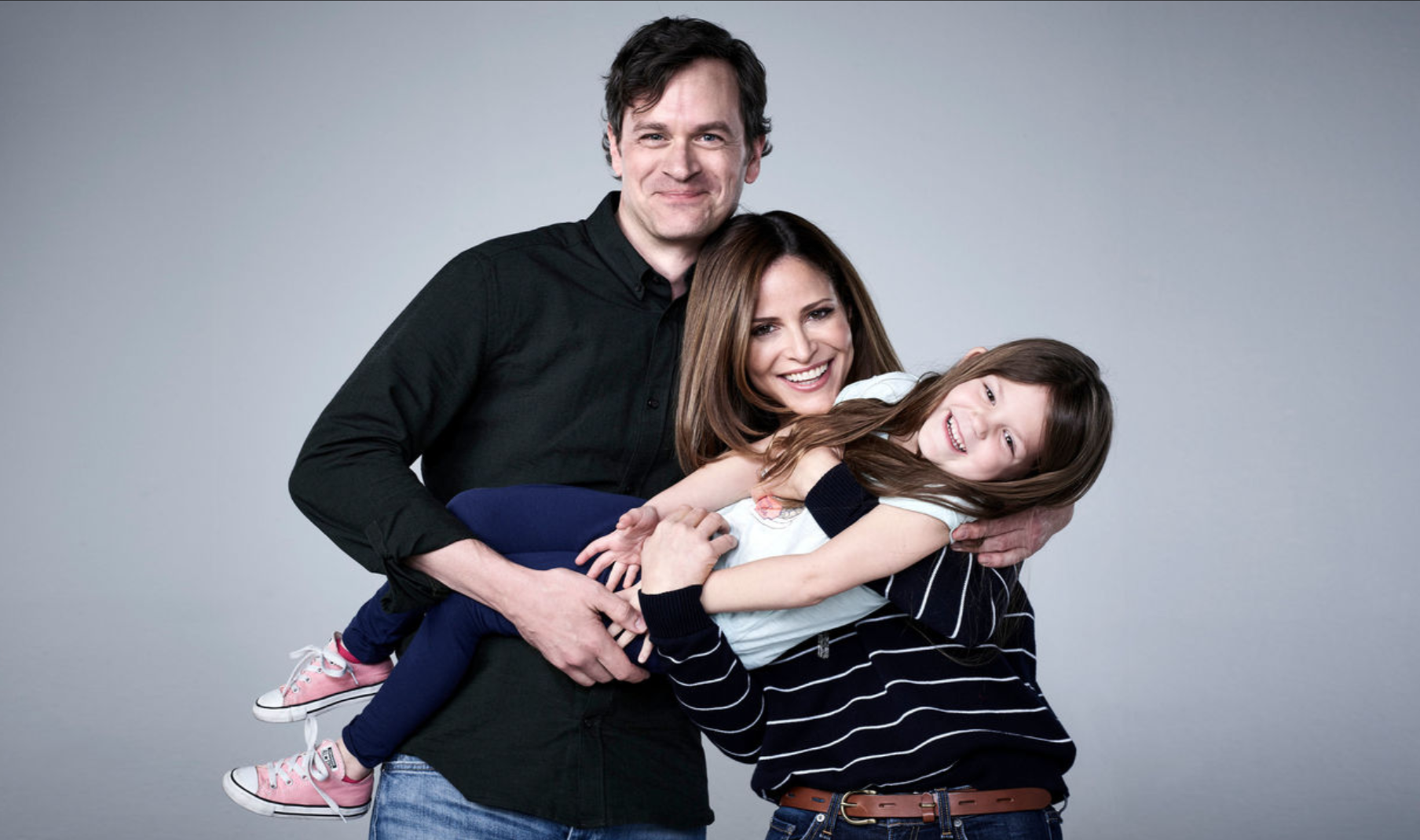



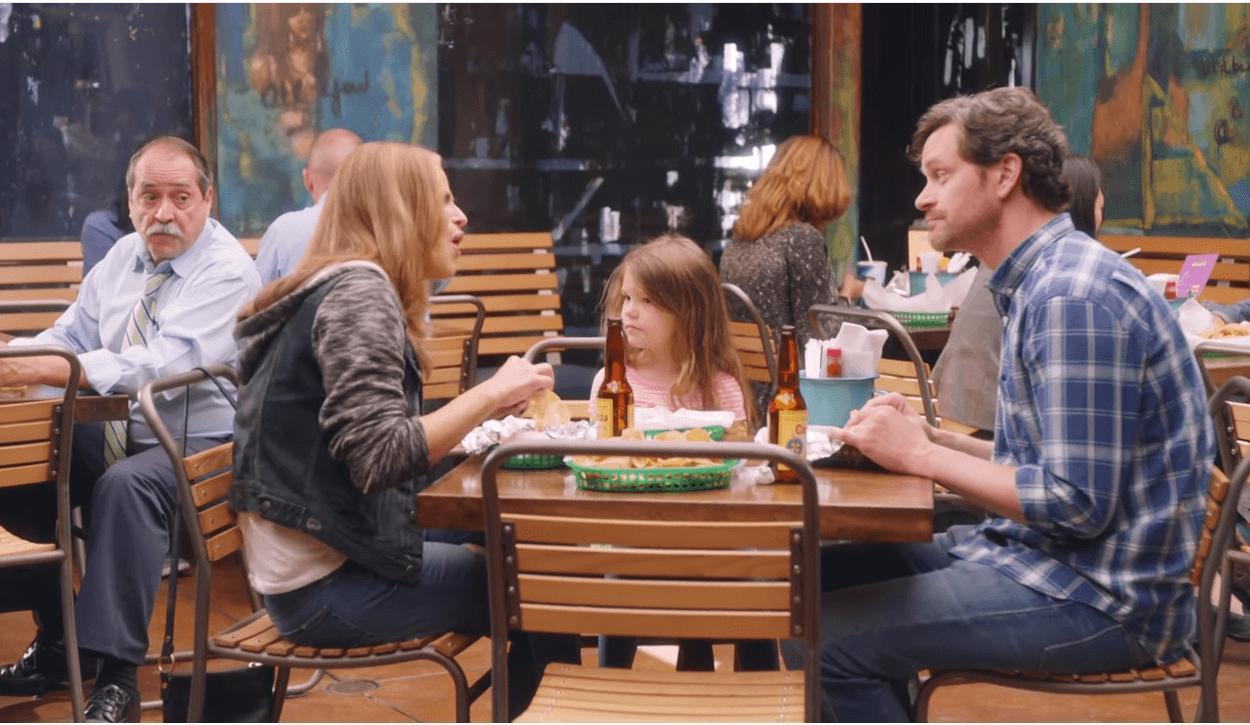
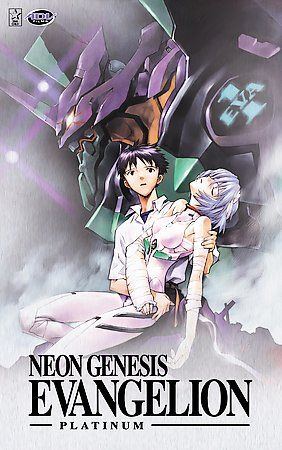 Evangelion also has the clout of being one of Japan’s highest grossing franchises including initial home media sales, toys and merchandise, films, and even crossovers and cameos.
Evangelion also has the clout of being one of Japan’s highest grossing franchises including initial home media sales, toys and merchandise, films, and even crossovers and cameos.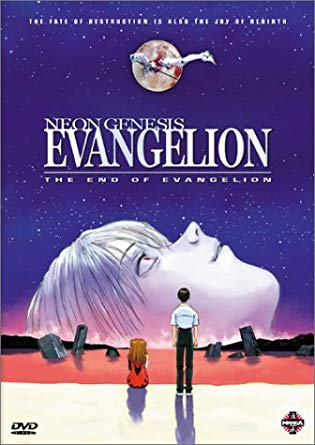 Evangelion was also a show riddled with behind the scenes issues, such as a conversion from a film to a 26-episode television series, a notoriously low budget that seemed to influence the static conversation pieces followed by the beautifully animated fights between the evangelion units and angels. An introspective show by nature, it takes a dark turn about half way through the series, shifting to more serious and heavier topics dealing with suicide, mental instability, and the inability to maintain relationships and relying on sexual promiscuity; this is reflective of creator and director Hideaki Anno’s own mental issues and breakdown during the production of the franchise.
Evangelion was also a show riddled with behind the scenes issues, such as a conversion from a film to a 26-episode television series, a notoriously low budget that seemed to influence the static conversation pieces followed by the beautifully animated fights between the evangelion units and angels. An introspective show by nature, it takes a dark turn about half way through the series, shifting to more serious and heavier topics dealing with suicide, mental instability, and the inability to maintain relationships and relying on sexual promiscuity; this is reflective of creator and director Hideaki Anno’s own mental issues and breakdown during the production of the franchise.